There is no office more burdened by impossible choices than that of the Israeli prime minister. When Benjamin Netanyahu steps into the cabinet room today to present the Gaza ceasefire deal, he does so not as a tactician manoeuvring for political points, but as a statesman carrying the unbearable weight of a people’s pain, fear, and moral resolve. By contrast, the commentator’s role is easier. We have the luxury of analysis, the freedom to err, and none of the irredeemable consequences. He does not.
The Palestinian movement has not earned peace. It must show that it wants more than survival, more than revenge, more than martyrdom. That it wants a future
In this moment, the prime minister is not alone. Standing beside him in purpose and political courage is President Donald J. Trump, who, against a backdrop of global disorder and institutional paralysis, has demonstrated that bold and unrelenting leadership can still move the immovable. Together, these two men have achieved what few thought possible: an agreement for the release of all hostages held in Gaza and a broad cessation of hostilities, at least for now. The is a big moment, but also an unclear and perilously risky one.
The deal, announced publicly but still potentially in flux, contains both substance and shadow. According to Israeli sources, 20 live hostages are to be released in the initial phase, with expectations that this will occur by Sunday night. Hamas, for its part, has confirmed a framework involving the end of fighting, Israeli withdrawal from Gaza (possibly 70 per cent of the strip), the entry of humanitarian aid, and a prisoner exchange. The guarantor states – Qatar, Egypt, Turkey, and the United States – have reportedly secured assurances against the resumption of war so long as both parties honour the terms.
Yet many details remain ambiguous, and deliberately so. Maps of Israeli withdrawal have been amended, and five crossings are set to open for aid. It’s reported that for every living hostage, as many as 100 convicted terrorists will be freed, among them senior figures sentenced to life for murder. This is a brutal price for Israel. But for many families awaiting a son, a daughter, a child, it is one they have long been willing to pay.
This is a moment of joy and also a warning. There is joy in the streets of Israel; muted, breath-held joy, but joy nonetheless. Family and friends of 27-year-old hostage Segev Kalfon recited Tehillim (psalms) on news of his return. Former hostage Emily Damari took to Instagram and broadcast live as she and those around her rejoiced for those soon to follow her home. President Isaac Herzog said what millions feel: ‘All the people of Israel stand with the hostages. All the people of Israel stand with the families.’
But not all images comfort. From Gaza, videos immediately emerged of men who appear well-fed and strong, celebrating in the streets. Terror-affiliated media chant genocidal slogans – ‘Khaybar, Khaybar ya Yahud’ – whose message is one of eternal battle and endless death of Jews. Senior Hamas operatives, including Zaher Jabarin, photographed smiling in the Sharm El-Sheikh negotiation rooms, do not smile for peace. Their smile indicates that for them at least survival, and perhaps advantage, has been secured.
This agreement will bring a kind of calm. But calm is not peace. It is not justice. It is not safety. Even yesterday, Hamas-aligned media were promoting videos of their military wing training to abduct IDF soldiers, declaring such operations ‘inevitable.’ Meanwhile, those in Gaza who worked with Israel to protect non-Hamas aligned Gaza residents, such as Yasser Abu Shabab, have become targets of death threats and face possible annihilation in the vacuum of Israeli withdrawal. And what of the ‘innocent civilians’? If Hamas clings on to power it will reinforce it brutally and ruthlessly as it always does. If not, it can be easily replaced by other equally brutal Islamic terrorist factions keen to fill its place.
The Palestinian movement has not earned peace. It must show that it wants more than survival, more than revenge, more than martyrdom. That it wants a future. Until then, no agreement, no photo-op, no negotiated phrase can promise stability, even if the hostages come home for now.
Beyond Gaza, the wider threat remains. Iran is reportedly rearming and plotting further attacks against Israel. Some senior analysts warn that Israel and the United States may need to strike first. Deals do not pacify fanatics. They exploit the illusion of reprieve to strike harder, strike deeper. The West must not confuse diplomacy with disarmament, or moral clarity with weakness. How far through Donald Trump’s 21 steps will the region make it before things collapse? How long will the fighting calm, if at all? We cannot know. But after two long years of bloodshed and pain, it seems the mood is to give it a try and bank the most basic of demands: to get back the hostages who have endured unthinkable and unimaginable horrors.
In the days ahead, we will see weeping and celebration, heartbreak and healing. The hostages will come home, and with them, untold stories of horror and survival. We will also see funerals. Some will return dead. Some not at all, for the Palestinian terrorists are likely to stall and lie at every possible opportunity and ensure the pain is dragged out. It is unlikely they will truly give up every last hostage. And in Gaza, the evildoers will continue to cheer, not for peace, but for blood already shed and blood they still intend to spill. Just as the crowds celebrated on 7 October 2023 at the pain and suffering caused in Israel, many will dance and sing now for the potential of more to come in the future.
No single agreement can reverse decades of indoctrination and incitement. No single gesture can dismantle the machinery of hatred that has ruled Palestinian political life and ideology for generations. President Trump may speak, rightly, of historic breakthroughs, he may speculate of something so great it has not been seen in hundreds or even thousands of years. That is his style. But the question is not what has been achieved in theory. It is what will endure in practice.
In the days ahead, Israel will witness scenes that test the limits of the human heart. There will be reunions so overwhelming they will shake the nation to its core, and losses so final that no agreement on earth can soften them. We will learn what the hostages endured, and what it cost them to survive. We will also discover how many did not. Their families will bear that grief forever.
But even as we embrace the living, we must not ignore what else this deal unleashes. Celebrations erupt in Gaza not just for the return of prisoners, but for the return of convicted murderers, some of them architects of massacres, now welcomed home as heroes. It is a decision made under unbearable moral pressure, and one that may come to stain the future with fresh blood.
One image from Sharm El-Sheikh stood out last night: Israeli officials and senior Hamas figures, seated across from one another in the same room. And the moment Israeli General Nitzan Alon was photographed shaking hands with Qatar’s Prime Minister Al Thani, exposing what had always been possible. Qatar, long the patron and protector of Hamas along with Iran, could have used its leverage long ago to force the terrorists to release the hostages. That it has done so now – under pressure, and only after catastrophe – proves not how far we’ve come, but how long it took to get here, and how much further there is yet to go.
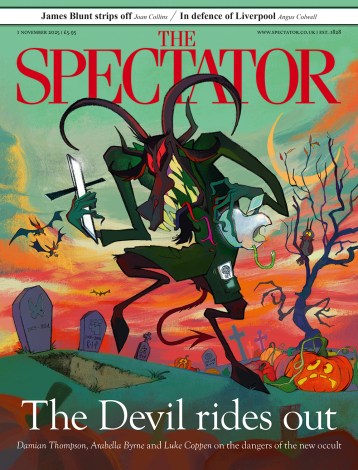

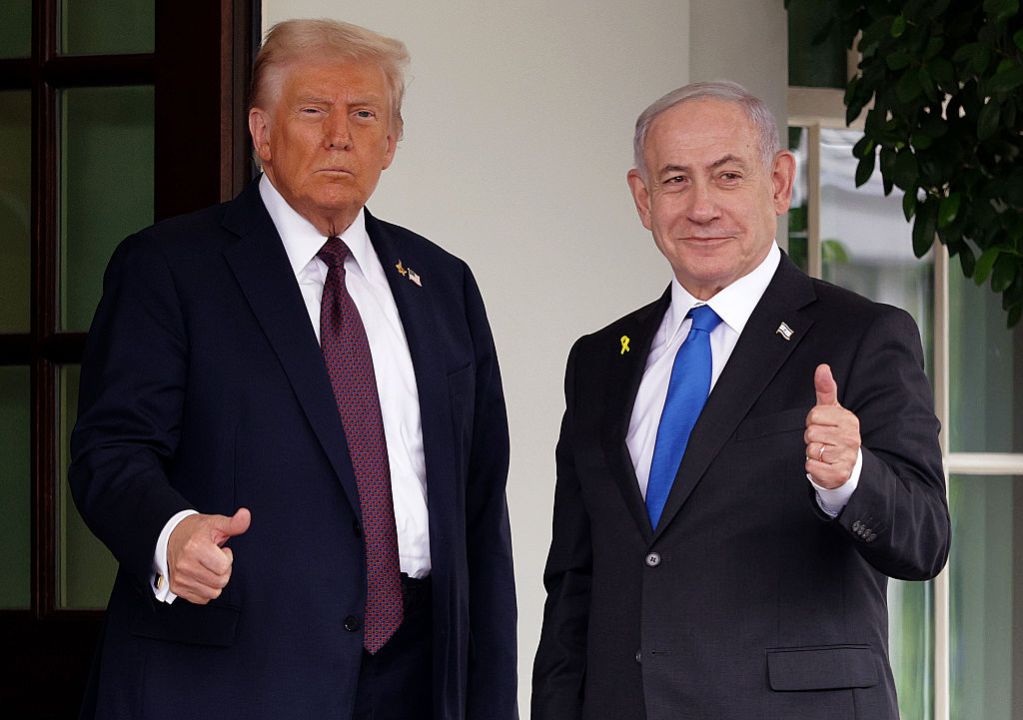
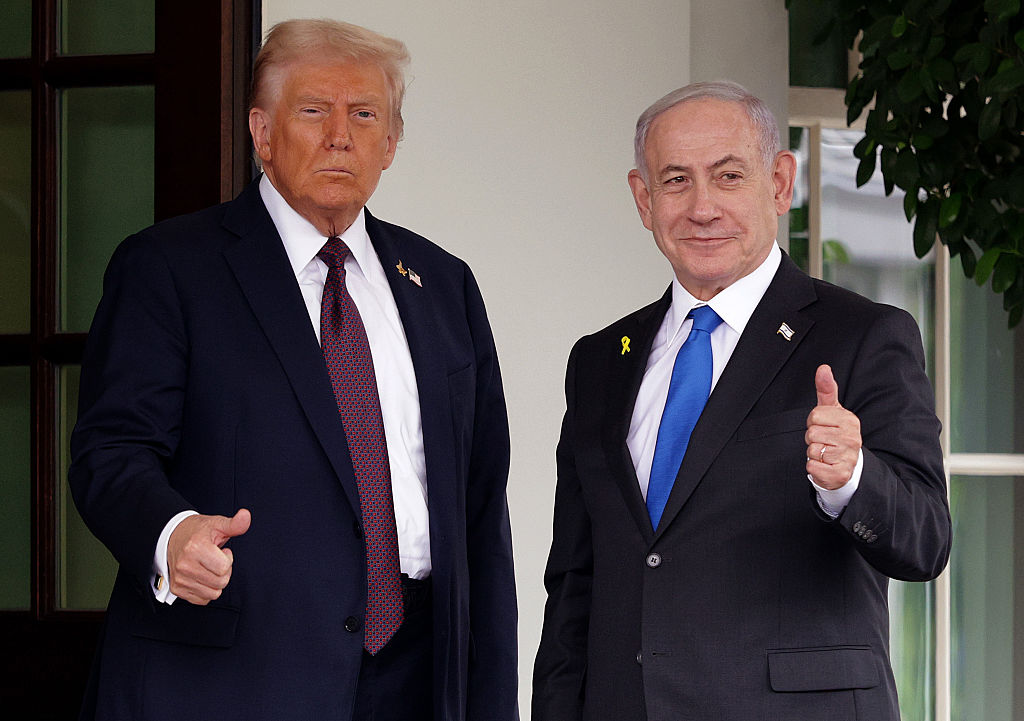
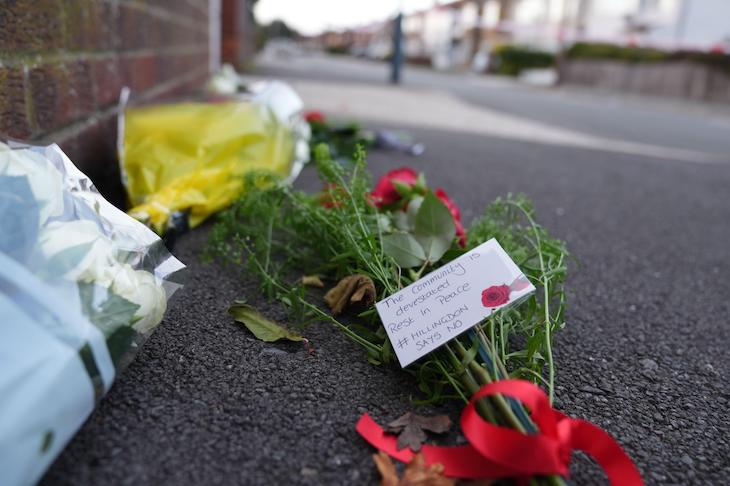

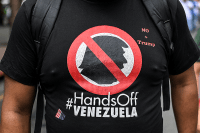

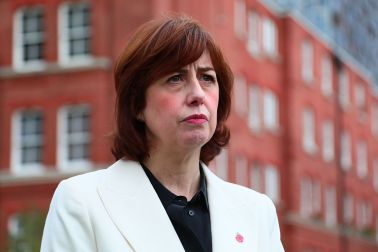
Comments